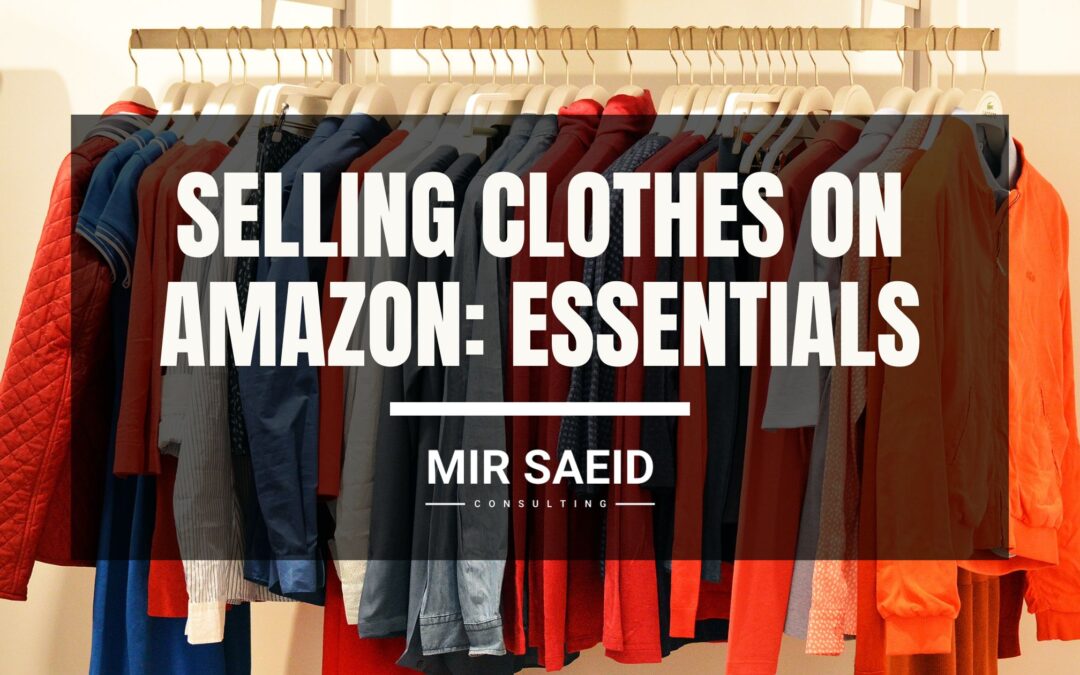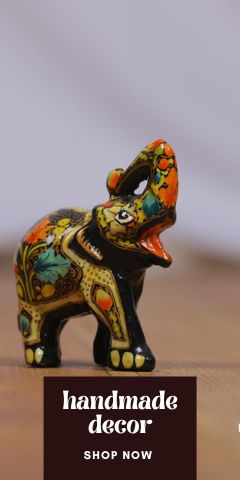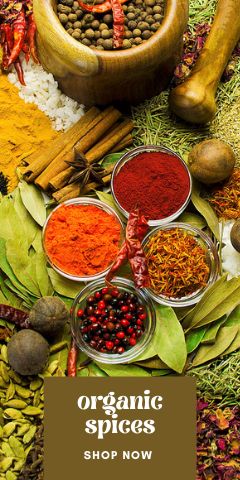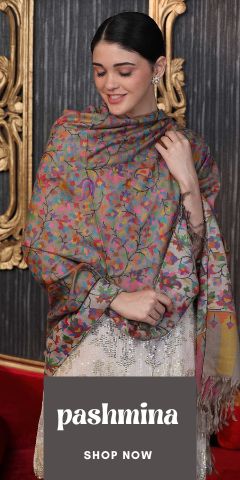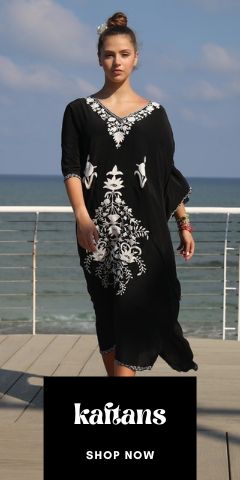Know how to sell clothes on Amazon. Know what the essentials are and get expert and factual tips. Don’t just buy clothes, sell them now. By the way, do you know products have seasons? Find Out!
In 2020, $41 billion worth of clothing was sold on Amazon. Making the platform the number 1 apparel seller in the US. Clothing sales are likely to surpass the 45 billion mark in the year 2023. Recent research trends have shown that 87% of Amazon sellers are making a profit by selling clothes on Amazon. An additional 37% of sellers even note that their average profit margin exceeds 20%.
If you want to be a profiteer from Amazon read this article to find out how to sell clothes and fashion wear products on Amazon. This article tells you what you need to know to sell on Amazon.
- What is Amazon? Why has it become the hub for clothing items?
- Essentials for Selling Clothes on Amazon
- 6 Tips to Sell Clothes on Amazon
Click to seek my Digital Marketing Consultancy.
What is Amazon? Why has it become the hub for Clothing items?
Amazon or Amazon.com is an online retailer and a famous cloud service provider. There are many in the field but Amazon is the largest of all both as a retailer as well a cloud service provider. It was originally an online bookselling company but later on, it offered a monumental product range and inventory, enabling consumers to buy just about anything, including clothing, beauty supplies, gourmet food, jewelry, books, movies, electronics, pet supplies, furniture, toys, garden supplies, and household goods.
The reason Amazon has become a hub for clothing items is its decision to lift the blanket ban restriction from the apparel category. Small sellers can launch their clothing private labels and brands on the platform without much hassle. Programs like Big Style Sale, Prime Wardrobe, and The Drop launched by Amazon improved the platform’s profile in the clothing category.
Also, the pandemic has proved to be a blessing in disguise for Amazon’s clothing operations. With conventional retail operations struggling due to COVID restrictions, Amazon’s online clothing sales witnessed a significant surge.
Also read: How To Use Amazon Attribution To Boost Sales?
Essentials for Selling Clothes on Amazon
1. Create an Amazon Seller’s Account
You should begin by creating a seller account on Amazon. Sellers can either be individual or professional. For individual plans, you will have to pay a $0.99 selling fee on every sale. Professional plan, you can get it at $39.99 per month with no selling fee on any individual item sold. However, the referral fee and closing fee are levied in the same manner on every sale. Besides as a professional seller, you get a range of inventory management tools and special listing features.
2. Choose a Fulfilment Method
Once registered you get two fulfillment options from Amazon. One is Fulfilment by Amazon (FBA) and the other one is Fulfilment by Merchant (FBM).
FBA is a service provided by Amazon that provides storage, packaging, and shipping assistance to sellers. This takes the burden off of sellers and grants them more flexibility in their selling practices.
On the contrary, when the seller is in control of his entire handling and shipping process, instead of paying a service fee and shipping inventory to Amazon to handle, the seller uses his or her resources and sends the items directly to the buyer. He or she is practicing FBM. You have to choose between the two.
3. Choose a Business Method
You have to choose also whether your business model is a private label, handmade, retail arbitrage, or wholesale. Sometimes it can be more than one. But as a person who wants to earn passive income from Amazon, you need to specify your business model.
4. Private Label Model
To tell you more about the models, under a private label you have your brand and you act as a first-party seller. To sell private-label clothing on Amazon, you will need to register yourself with Amazon Brand Registry. For that, you will require UPC barcodes for your clothing products as well as a brand trademark. Platforms like Alibaba and AliExpress, you can find a large number of unbranded clothing products from China for your private label business.
5. Handmade Model
This model is for artisans. If you sell one of a kind product this model is best for you. Your reach will be wide and specific for your customers. But Amazon will charge you a flat 15% on every item sold. Relevant fulfillment and storage fees will also be levied if you take the FBA route.
6. Retail Arbitrage
This includes buying approved clothing products at a discount rate from one market and then reselling them on Amazon. If you don’t have a large budget to kick-start a private label or wholesale business model, you can try out retail arbitrage to sell clothes on Amazon.
7. Wholesale
It involves buying clothes in bulk and then selling them via Amazon fulfillment facilities whether that be FBA or FBM. Prior approval must be attained from Amazon to sell any unbranded clothing item under your name. The platform doesn’t approve a list of brands (to be sold by third-party sellers.
6 Tips to Sell Clothes on Amazon
1. Set up your Store
After registering your brand on Amazon, you should make sure to have an A+ set-up of store. This will lead to more conversion rates and your customers can access your clothing products conveniently. You can include valuable information and appealing images, videos, and other features of your products.
2. Use Graphics
Graphics in the form of Images cannot be considered flamboyant when you sell clothes on Amazon! You have a choice to include up to nine images per listing. Make sure you upload all 9 so that your customers can get an idea of what your product looks like.
Also, Check out Amazon’s image guidelines for clothing here.
3. Group Your Clothing Products
You should also try to group your clothes as a model, type, style, etc. For instance, if you sell a shirt that has multiple sizes, you shouldn’t segment this product into different campaigns or ad groups based on size. You can group your products according to style or any other features.
4. Optimize Your Clothing Products
A list of keywords and search items can help you optimize the already-mentioned content of listings. Having such a list will help you in pulling your product details accordingly. For instance, if your product is a unisex t-shirt, you can use “t-shirt for men”, “t-shirt for women”, “simple t-shirts”, “round-neck shirts”, etc. as its keyword and search terms.
5. Promote your Brand
Share your brand. Make it visible to all using social media networks. You can take the help of influencers and that won’t cost you much. If you advertise on other platforms such as Google Ads, Google Shopping, or Facebook Ads, you can use data from those platforms for Amazon! Often, keywords that perform well on Google Shopping do well on Amazon and vice versa. You can also pull information about your seasonality, bids, competitors, and more.
6. Provide Customer Service
If your customer is happy he or she will for sure show up again. Provide excellent customer service by never letting your customers down. Accept reviews, provide value for money, and respect the customer, his choices, his money, and his time. If you have chosen FBM you have to do it yourself. But if you have signed up for FBA they take care of the customer themselves. Your quick and courteous responses and outside-the-box solutions can make your storefront stand out from the competition.
7. Understand Seasons and Products
Not like humans, products also experience the effect of seasons. Whether it is the good feeling of spring, hot summer, fall of autumn, or chilling cold of winter, products feel them all. Particularly the clothes. Understanding the seasons will help you understand what products to advertise and optimize. For example, you aren’t going to sell as many sandals in Winter as you are in Summer, so advertise them in summer.
Final Note
Selling clothes on Amazon can be a different experience for different sellers. It entails different prospects for different sellers. For many retailers selling clothes on Amazon can generate a good passive stream of income at a very low cost.
For sellers who opt for different models, their experience will be different. For instance, sellers opting for private labels, and selling clothes on Amazon can expand to a full-fledged clothing brand. You can also capitalize on your Amazon success by diversifying your apparel operations on other online and offline retail avenues.
Amazon is one of the top sellers of apparel in the world. It beats easily other platforms like Etsy and Flipkart etc. along with big-box stores and well-known clothing chains. A large number of people whom you know or who are from your family buy clothes from Amazon. But now it is time to sell clothes on Amazon.
Don’t be overwhelmed! Don’t feel overburdened! Pick a few of these tips and some of the essentials, and start applying them to your Amazon campaigns today. You will get results. Even if you only use some of these tips and some of the essentials, you will for sure see a difference in your Amazon performance.
I along with my team help SMBs with all kinds of Digital Marketing Services.
Contact us today!
Want to buy handicrafts from Kashmir? Click the link!
Also Read:
- What is Amazon KDP? The Complete Guide
- The Ultimate Guide to Sell on Amazon in Canada
- Top 4 Amazon Influencers in Canada
- How To Start an Amazon FBA Business With Little Money?
- What Is An Amazon Brand Store?
- How Can You Sell Used Items on Amazon?
- Selling on Walmart vs Selling on Amazon
- How To Start Amazon Dropshipping in Canada?
- How To Use Amazon Attribution To Boost Sales?
- How to Make Passive Income on Amazon?

Mir is a British-educated Digital Marketing Expert with 10+ years of experience in the B2B, D2C, and eCommerce Industries. Having worked with 50+ startups and SMEs, he has a clear understanding of what it takes to establish growth on online platforms.
He is also the Founder of Kashmirica, a social impact brand that aims to take exclusives from Kashmir to the Global consumer. An enthusiastic cultural entrepreneur, Mir is driven by a passion to bring about a social impact.
An avid reader, he loves writing about marketing, and entrepreneurship.

